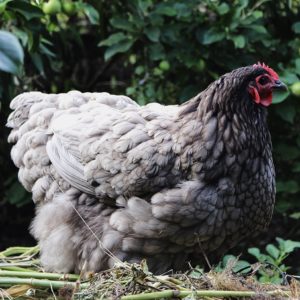
Tasmanian Libraries now have a marvellous online catalogue of magazines and while reading one of them I came across an article with a heading “The Four Best Poultry Breeds to Keep”.
Poultry Trends.
It’s a funny old thing how trends change, even in the poultry world.
These four breeds seem to be having their moment of popularity. While these four breeds were all lovely, they definitely wouldn’t be the best four breeds for us to care for here at Fairy Wren Cottage. Due to their temperament, one breed especially was flighty and would be jumping our fences in no time going into the vegetable beds. Because, for a chicken, the grass in always greener on the other side.
The four breeds listed in the magazine were all larger breeds with powerful legs. Suitable for a large orchard, in a climate where there is a high rainfall (you need high rainfall to keep the pasture nice and lush), these particular birds need a large daily diet of green pick and lots of variety in their diet. A smaller hen’s yard/ area would be scratched over in no time and the kitchen scrap bucket wouldn’t be enough of a substitute once everything in their yard was scratched over by them, especially in the dry summer months.

From experience, medium to large sized chickens (the breeds suggested in the article) need large areas to scratch about in and free range in all day. They are the work horses of the chicken world. Powerful legs, curious, lots of energy, always happy to forage and scratch about in between napping, sunbathing and dust bathing. They also love to scratch a deep basin shaped hole to dustbath in. Like us humans need a shower, dust bathing is necessary for the chickens health and wellbeing. Definitely not suitable for a small to average size back yard.
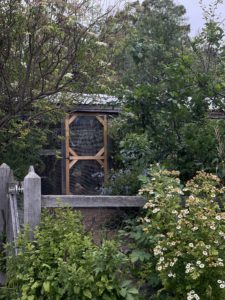
The Henhouse at Fairy Wren Cottage.
Suggestions.
Don’t just choose your hens based on their egg laying capabilities and pretty feathering and colourful eggs, there is more to it than that. Just like the garden saying “Right plant, right place” we all need to be thinking about the right hens for the conditions that we specifically have.
How many hens can comfortably fit in the chicken coop on the odd day that the hens can’t be outside?
How many hens can comfortably sleep in the sleeping area of your henhouse during hot and cold weather?
How many hens can comfortably fit and free range in their yard/orchard.
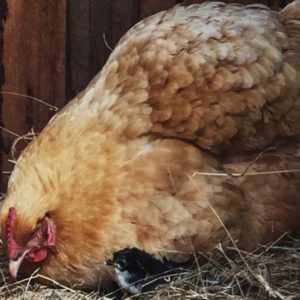
If you have been following me for a while you know that I will say – Do Your Research. Think of it as following your curiosity, not a chore. If you have children or grandchildren get them involved, it is a great life skill – learning to care for animals.
Look at Poultry Breed books and each breeds characteristics. When Liliana was learning to read part of her practice was sitting at the kitchen table and reading out each chicken breed to me. She had a list of possible breeds that met our criteria, a list of breeds that weren’t available in Australia and a list of breeds we both liked but knew wouldn’t work well here.
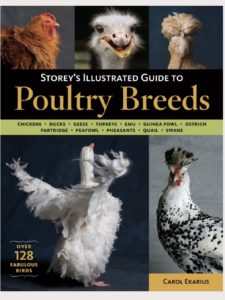
We have found this book very helpful. (Not a paid advertisement.)
Part of responsible pet ownership is also knowing your limits. Part of responsible pet ownership is saying no to an animal when you don’t have the right living conditions for them. It’s good life skills. It’s great life skills to teach your child.
So while chicken breed trends will come and go, stick to what will work for your hen house and garden. The last thing you want is chickens that look pretty in your instagram pictures but when your back is turned are jumping the fence and scratching up your veggie garden.
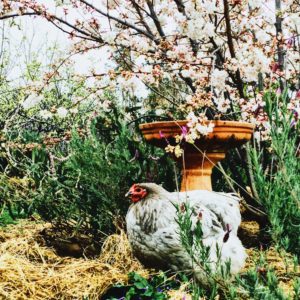
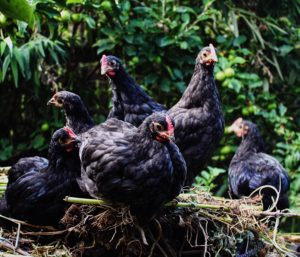
Until next time,
Jude x
Poultry Recommendations.
September 29, 2022
comments
share